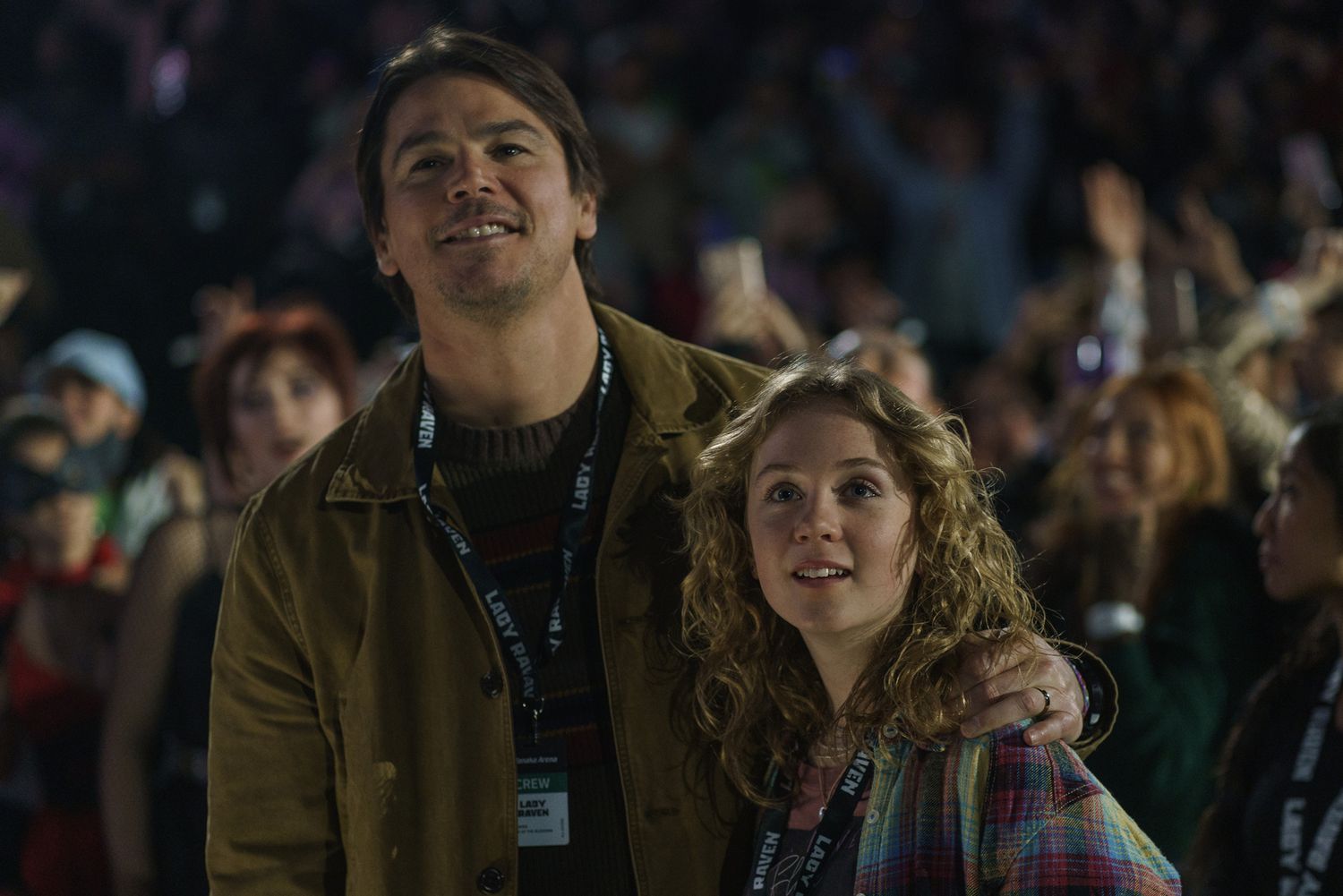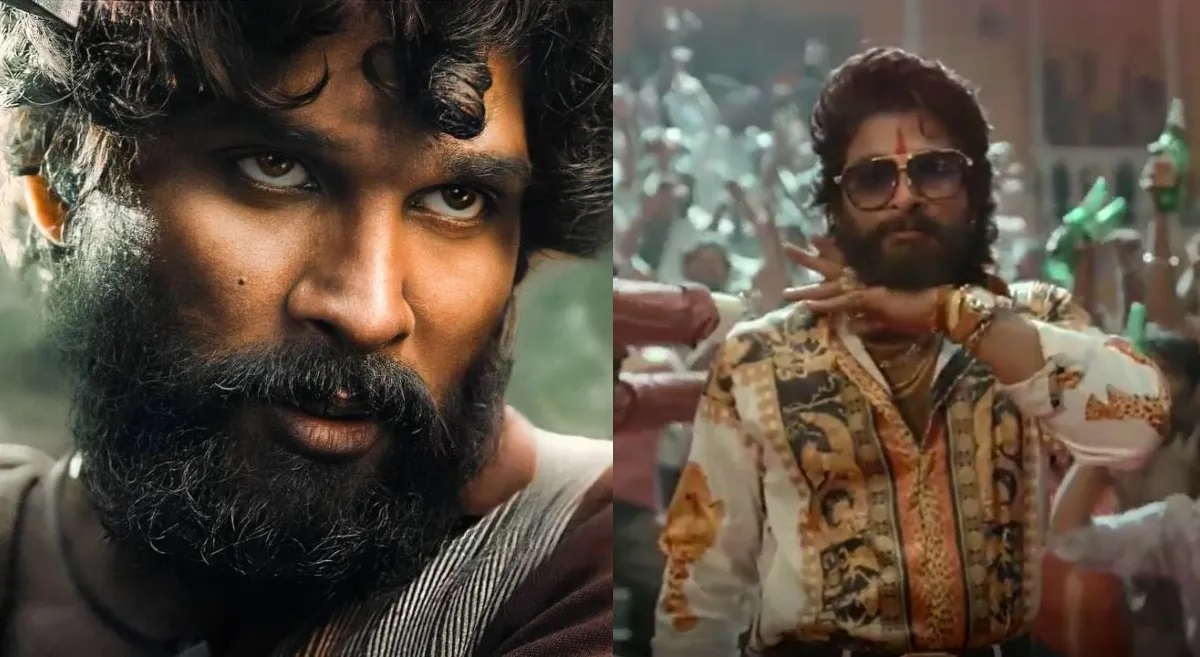In the intricate web of cinematic experiences, some films capture attention by juxtaposing simplicity with profound complexity. Directed by a relatively new yet ambitious auteur, ‘Trap’ is one such film.
It delves into themes of entrapment, both physical and psychological, rendering a narrative that demands introspection long after the credits roll.
Hey there, movie buffs! So, I just saw this flick called “Trap,” and I figured I’d share my thoughts with all you awesome people. “Trap” has been buzzing on social media, so I finally gave in and checked it out. Let me tell you, it’s quite a ride!
First things first, what’s it about? Without giving away too many spoilers (because where’s the fun in that?), “Trap” is a psychological thriller that throws you straight into the chaos of one individual’s worst nightmare. Imagine being stuck in a situation where every move could be your last – that’s the core vibe of “Trap.”
Plot Summary
‘Trap’ unfolds in an unnamed, nondescript urban setting, enhancing the film’s universality. The central character, played with remarkable subtlety by lead actor Jeremy Banks, is a middle-aged man named Ethan, who finds himself ensnared in a seemingly ordinary yet profoundly disorienting situation.
Ethan wakes up in a confined, nondescript room with no recollection of how he got there, minimal resources, and no apparent means of escape. As he attempts to unravel the mystery of his captivity, layers of his past life, personal guilt, and complex relationships are peeled back through a series of cryptic clues and flashbacks.
Cinematography and Directing
The film’s visual storytelling is one of its standout elements. The director, Samantha Ray, employs a minimalistic yet potent visual aesthetic. The confined spaces, dim lighting, and calculated camera angles create a visceral sense of claustrophobia that mirrors Ethan’s psychological state.
The lingering shots of blank walls and sparse furnishings serve a dual purpose—highlighting Ethan’s isolation while inviting the audience to project their interpretations onto the scene.
Ray’s direction is purposeful and precise, ensuring that every frame contributes to the unfolding narrative. The pacing, deliberate without being sluggish, allows for suspense to build organically. This methodical approach provides viewers ample time to process the metaphors and symbols scattered throughout the film.
Acting and Character Development
Jeremy Banks’ portrayal of Ethan is nothing short of masterful. He captures the nuances of a man grappling with external imprisonment and internal turmoil.
Banks’ ability to convey a wide range of emotions through minute facial expressions and body language adds layers to Ethan’s persona. It’s a performance that eschews theatricality in favor of authenticity, making Ethan’s experience palpable and relatable.
Supporting characters, although limited in screen time, serve crucial roles in fleshing out the narrative. Meredith Cole, playing Ethan’s estranged wife, appears predominantly in flashbacks and dream sequences. Her performance is poignant, and she brings depth to the story, illustrating the tangled web of human relationships and their lingering impacts.
Jamie Michaels absolutely nails the role of Alex. From the moment he wakes up in that grimy warehouse, you can see the raw panic and confusion in his eyes. The guy’s got range, and he uses every bit of it to make you feel like you’re right there with Alex, sweating bullets and racking your brain for a way out.
Script and Themes
The script, penned by Nicholas Greene, is a blend of taut dialogue and introspective monologues. It masterfully balances plot development with thematic exploration. The narrative structure, shifting between the present and past, underscores the fragmentation of Ethan’s psyche.
At its core, ‘Trap’ is a meditation on the human condition. It explores themes of isolation, regret, and the quest for redemption.
The titular ‘trap’ extends beyond the physical confines of the room, symbolizing the often self-imposed limitations and fears that inhibit personal growth and freedom.
The film’s resolution, while not offering an easy answer or clear-cut resolution, stays true to its contemplative roots, encouraging viewers to reflect on their interpretations.
Sound and Score
The auditory landscape of ‘Trap’, created by composer Eliza Parker, is integral to its immersive experience. The score, sparse yet haunting, punctuates the moments of tension and revelation.
Sound design plays a critical role, with the ambient noises of the tiny room amplifying the sense of entrapment. The moments of silence are equally impactful, allowing the gravity of the scene to settle in.
The sound design is another highlight. Every creak, groan, and sudden noise is like a jolt to your system, enhancing the suspenseful experience. Kellan’s use of silence is also worth mentioning – often, the quiet moments are the most nerve-wracking.
Production Design
The production design deserves a special mention for its role in reinforcing the film’s themes. The room where Ethan is held—a minimalist concoction of bare walls, a solitary chair, and a flickering bulb—becomes a character in its own right. The meticulous attention to detail ensures that the setting remains consistently engaging despite its apparent simplicity.
Conclusion
‘Trap’ is a film that defies easy categorization. It is a thriller that relies not on sensationalism but on the slow burn of psychological tension. It’s a drama that probes into the depths of the human experience, wrapped in a narrative that is as enigmatic as it is engaging.
For audiences willing to engage with its layers and delve beyond the surface, ‘Trap’ offers a rich, thought-provoking experience. With its impressive performances, astute direction, and compelling script, ‘Trap’ is a sterling example of how independent cinema can challenge conventions and leave a lasting impact.
If you’re into psychological thrillers that make you sweat a bit and keep you on your toes, “Trap” is definitely worth checking out. Grab some popcorn (you might not eat much, though, because, y’know, suspense) and settle in for a wild, nail-biting experience.
As an exercise in storytelling and character study, ‘Trap’ stands out. Samantha Ray and her team have crafted a film that resonates on multiple levels, encouraging both introspection and discussion. For those willing to fall into its intricate web, ‘Trap’ is more than just a movie—it’s an exploration of the human psyche, a mirror reflecting our vulnerabilities and strengths in equal measure.


